How To Fail At Workation
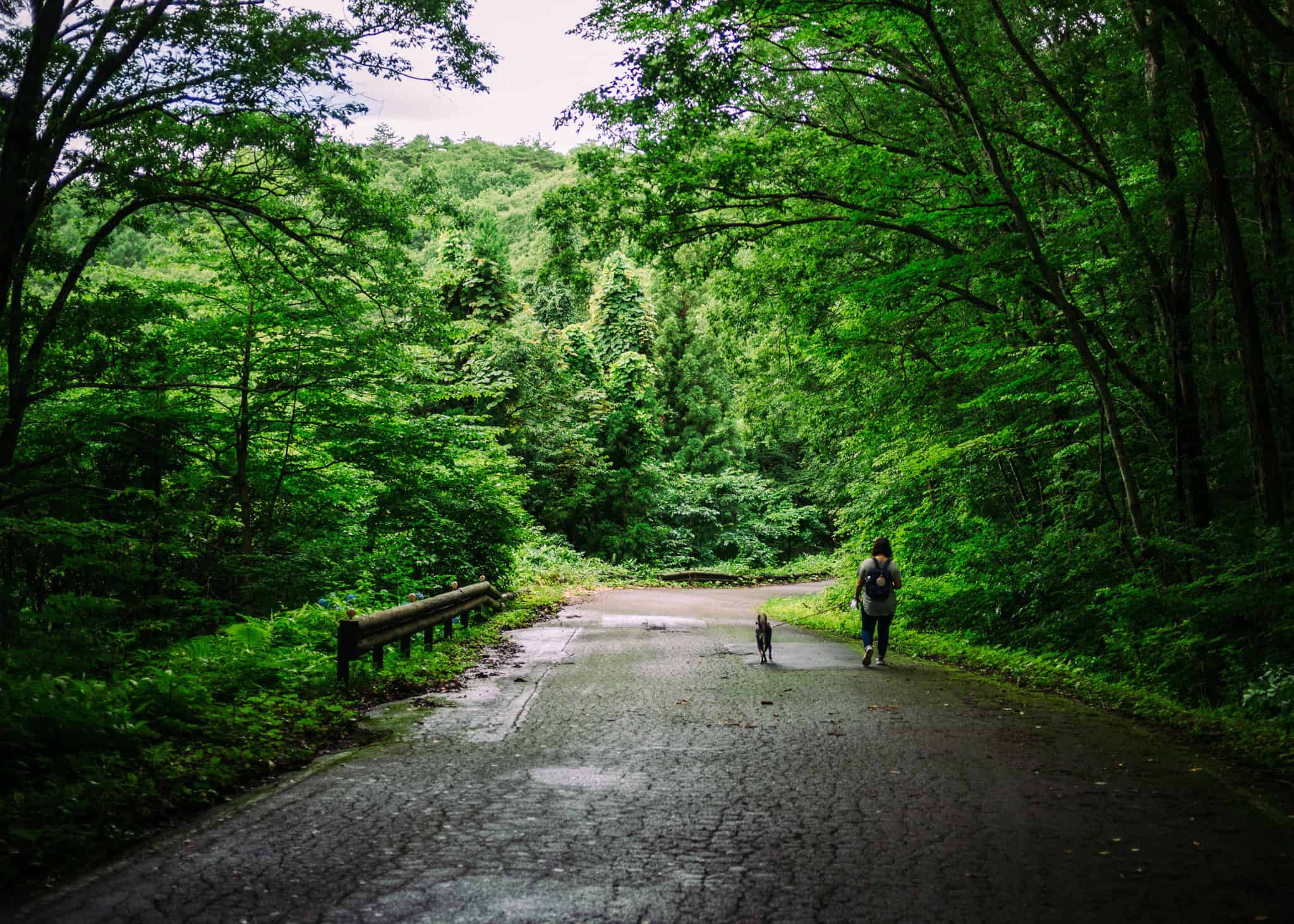
As I recently wrote about, the concept of “Workation”, domestic travel in Japan for the purpose of relaxing while still being able to work remotely, is one of the concepts the Japanese government is pinning their hopes on to revive the tourism economy. Always wanting to be a good resident of Japan, I took my first true workation trip to Lake Nojiri in the mountains of Nagano Prefecture. Perhaps I should mention that my wife and daughter had some say in the plans, so it may be more accurate to say that the trip was designed to keep workaholic dad out of the doghouse.
As lovely as it sounds, a week of relaxing in the mountains can, in rare circumstances, go awry. And in the perfect storm of bad luck and poor planning, you can have a small disaster on your hands. Somehow, surrounded by the fresh Nagano evergreens in the heart of one of my favorite destinations in Japan, I completely failed at my workation.
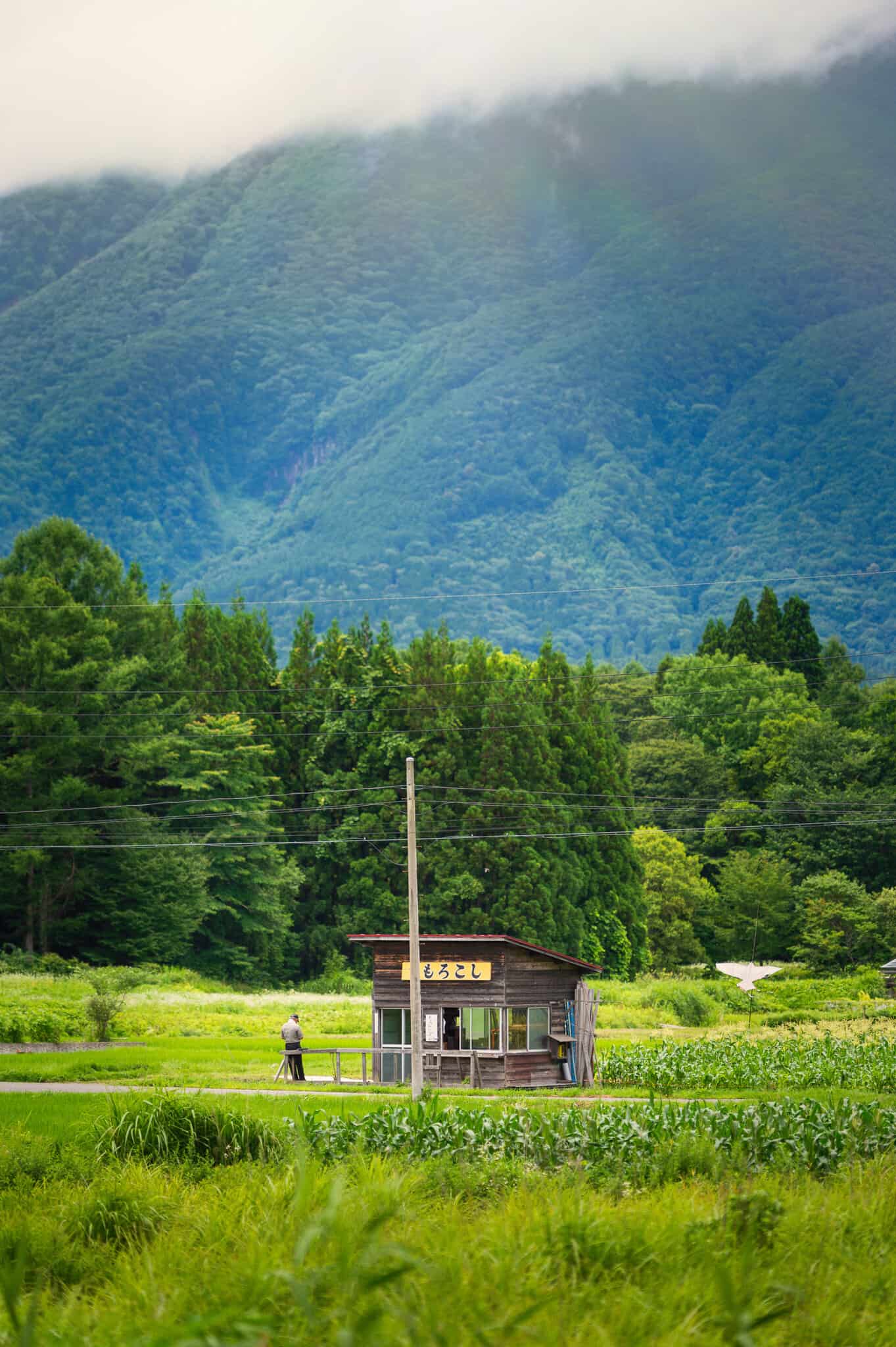
Step One: Book the Wrong Accommodations
My first mistake was failing to do adequate research on the location we would be staying at and ending up in a rustic cabin with absolutely no Internet access. I was aware that none of the accommodations in the area we were staying had connectivity, but I also vaguely knew that there was public wifi available on site and I could probably just take my computer to that public place and work. The reality was that due to the situation with COVID-19, public buildings were locked up and Internet connectivity was only available from outside the buildings. Which is fine if you are checking sports scores or the weather on your phone, but not so great if you’re trying to host an hour-long Zoom meeting.
A larger part of the problem was the extended rainy season in Japan this year. Perhaps as an insult to the injury of COVID-19, nature decided to prolong the rainy season of 2020 an additional 2 weeks, giving much of Japan a constant soaking for a good 6-8 weeks straight. As a result, working outside wasn’t really an option, so when I actually had to get some work done I ended up doing in the back seat of my car in the parking lot of a local supermarket that had public wifi. Not a good look.
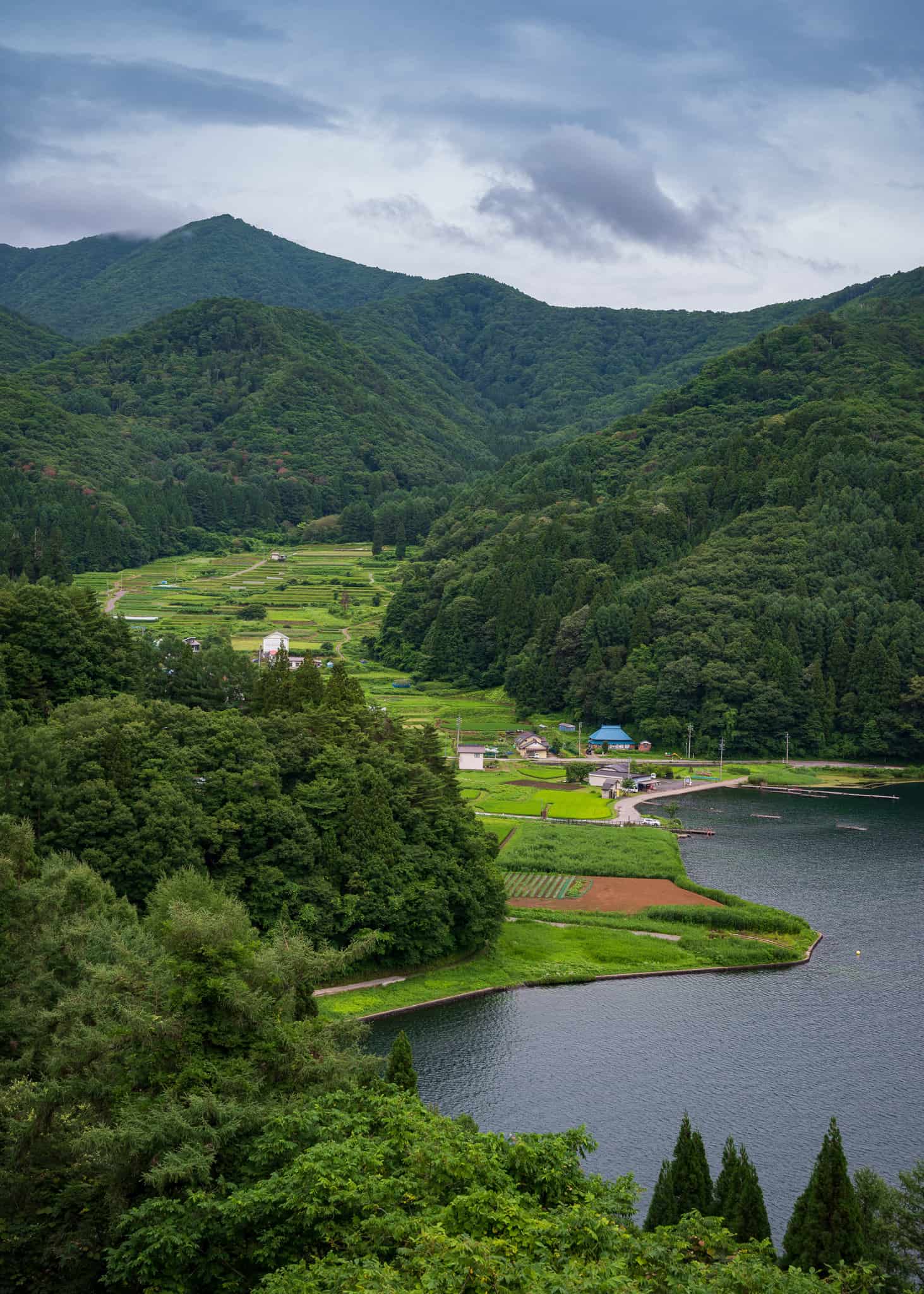
Step Two: Poor Planning
It’s worth pointing out that the situation with lack of wifi could have been largely averted with the proper pocket wifi unit and subscription. As a frequent traveler, I keep a pocket wifi handy, but only with the minimum amount of monthly data, 3GB. With the demands of remote work these days, 3GB will barely get you through a day or two of work if you nurse it, but certainly not an entire week.
About a week before leaving on our trip, I went online to see if I could upgrade my data plan to accommodate the fact that I might need to work on the pocket wifi for a week. As it turns out, I could upgrade…but the upgrade wouldn’t take effect until the next calendar month. If I had looked into the upgrade a few weeks earlier, I could have done it, but by procrastinating, I took that option off the table.
Step Three: Salvage Your Vacation
When there is nothing left to do as far as work is concerned, the next best thing is to make the most of your vacation. Due to the poor weather conditions, we had to take advantage of every little break in the rain to get outside and enjoy the environment.
Our first destination was St. Cousair Winery, a lovely place nestled in the hills of Iizuna just south of Lake Nojiri. It began as a little company making jam from the fruit of its orchards, but has grown into an internationally acclaimed producer of wines, fruit products and ingredients for Japanese cuisine. Their shops and restaurants can be found throughout Japan, from the high-end outlet mall of Karuizawa to the last-minute shopping opportunities of Narita Airport.
We had come to St. Cousair earlier this year in March, but it was far too early to enjoy the beauty of the location, which explodes with lovely flowers and succulent fruits during the late Spring and Summer months. Though the weather was gloomy, the presence of the grapevines, trees with plump apples and the huge bushes of ajisai (hydrangea) in bloom welcomed us and the many other visitors on this national holiday.
Once again, the highlight of visit was eating at the St. Cousair Winery restaurant for lunch. Though the restaurant was full (well, 50% full, but COVID-19 full) when we arrived, they took our phone number and we browsed the shop and walked around the lovely grounds while we waited for our table to be ready.
The menu is simple, but delicious. The kitchen uses all of the ingredients made by St. Cousair and sold in the shops along with the local produce of the Chikuma River Valley area. Naturally, you can pair your meal with any of a variety of St. Cousair’s locally produced wines.
The restaurant sits on the edge of the hill overlooking the valley and the large windows offer a spectacular view while you eat. If you are more comfortable staying outdoors during the coronavirus crisis, there is a large open-air terrace that shares the view.
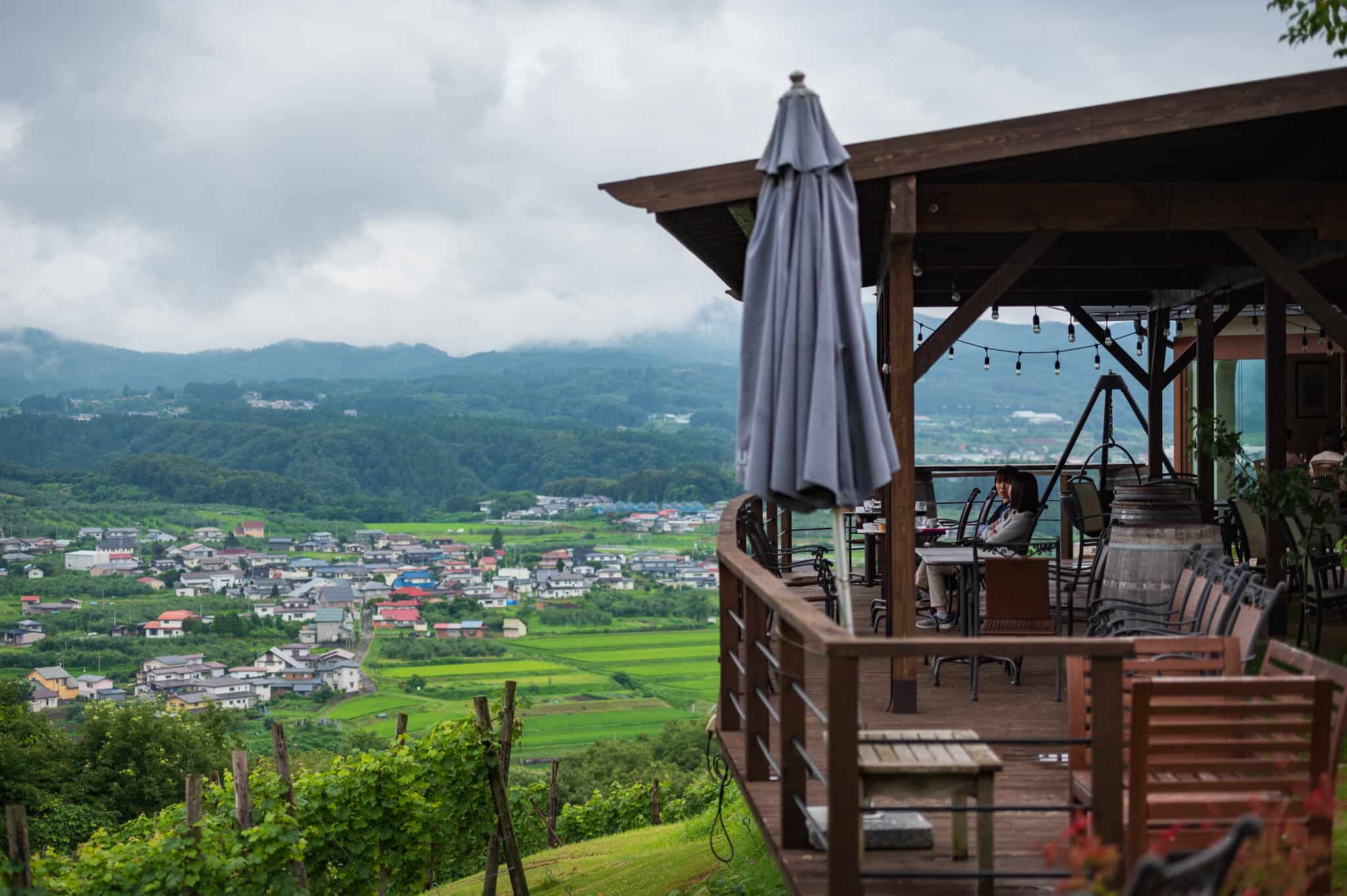
Though the museum is modest when compared to the larger-than-life Sumida Hokusai Museum in Tokyo, it still contains many pieces of Hokusai’s iconic work and is a great introduction into the incredible abilities and sharp mind of the master illustrator. As I peered closely at some of his elaborate drawings, I found myself in disbelief that he could draw in such detail in freehand. Much of Hokusai’s work was done in the latter part of his life, well into his 70s and 80s, which make his skills that much more incredible.
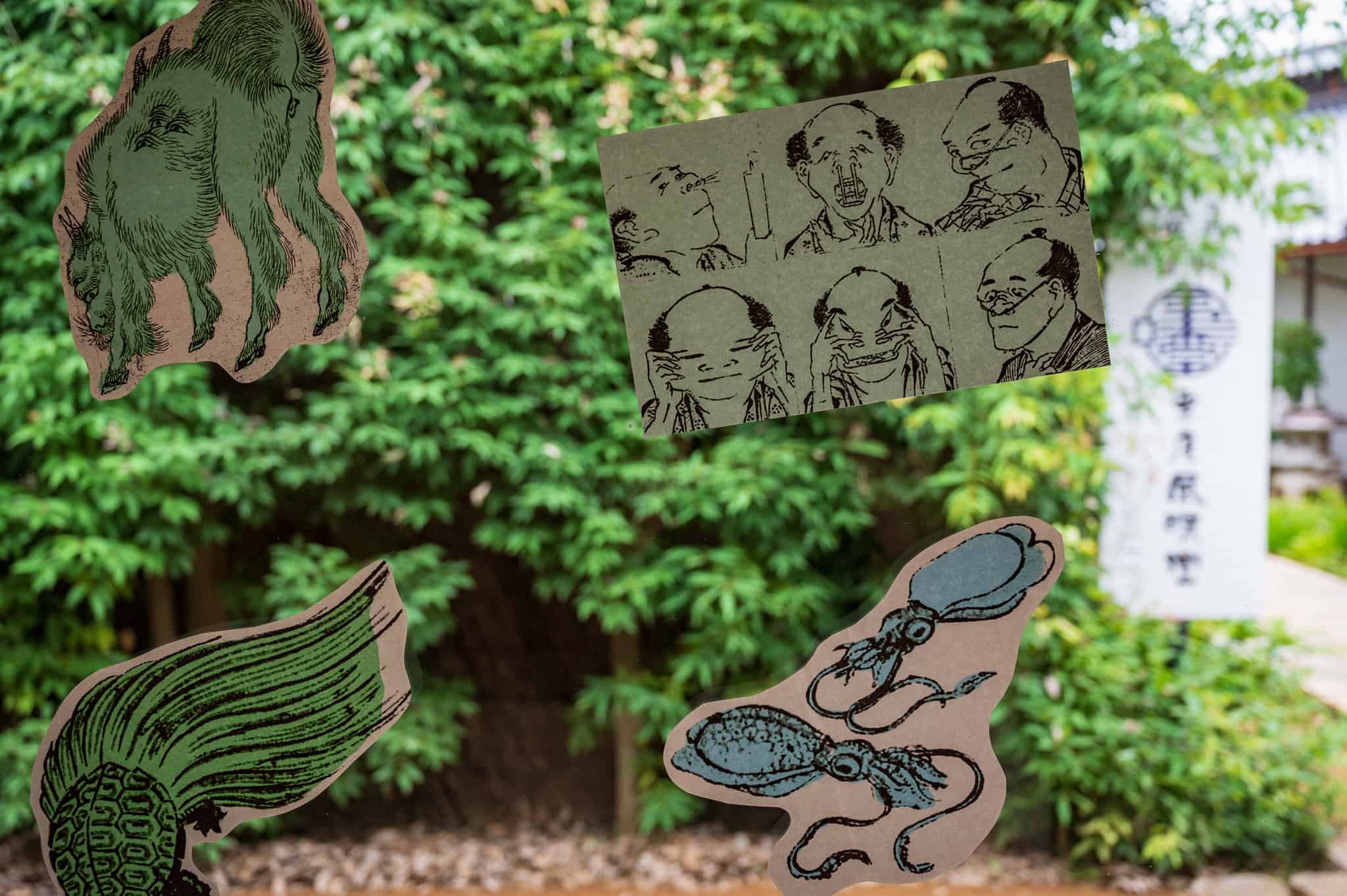
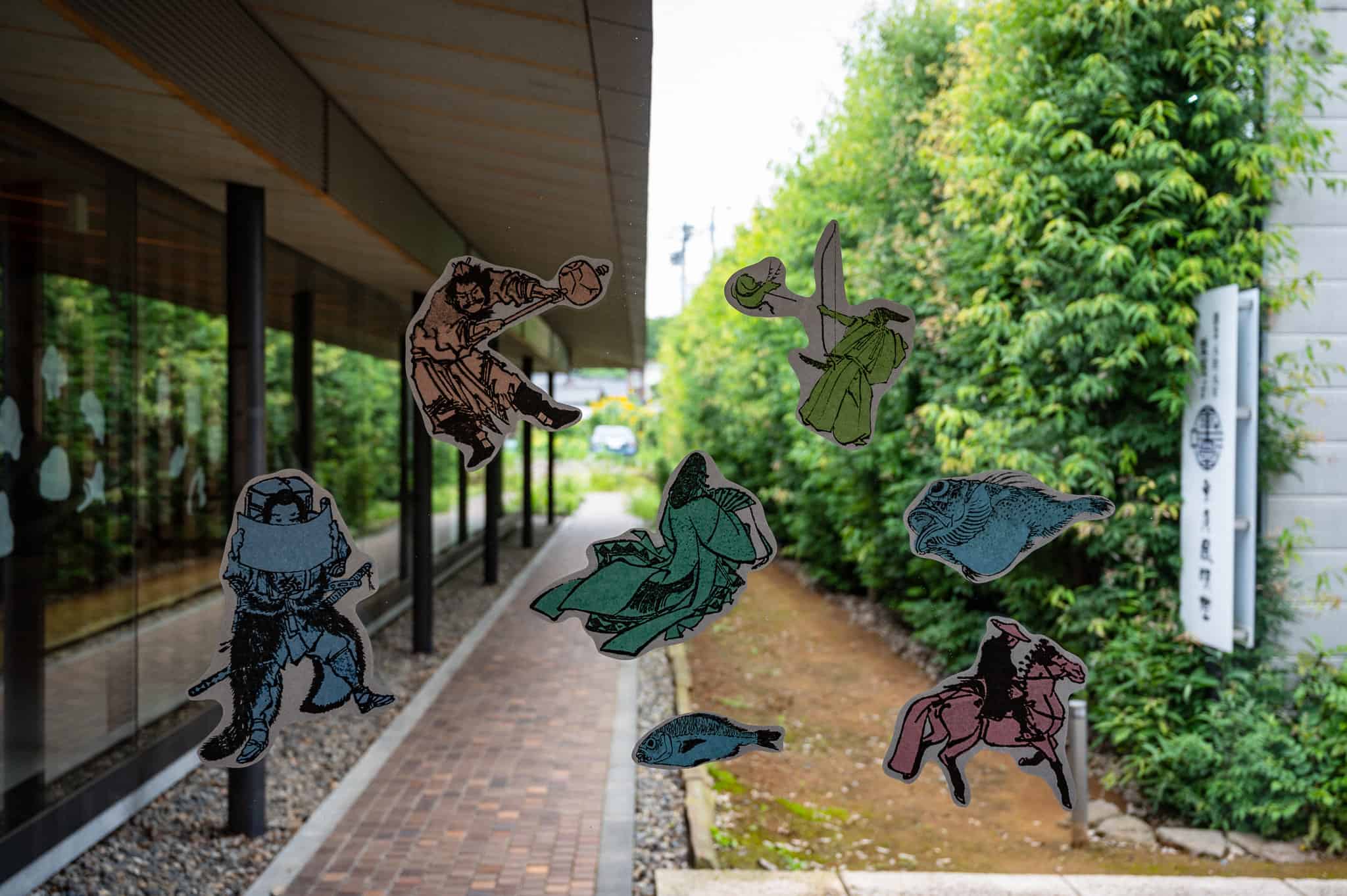
Obuse also has several sake breweries in the old neighborhood, including Masuichi Ichimura Sake, which has been brewing sake since 1755. Masuichi Ichimura believes their customers should visit the brewery to see how the product is made, so you won’t find their sake sold anywhere else but at the brewery shop itself. Though the idea is admirable, I wouldn’t think it a very effective way to stay in business; however, the fact that they are still in business after 165 years and judging by the crowd of people waiting outside to get into the shop, perhaps they are onto something.
There were also a few shops selling a combination of antiques, upcycled goods and handmade crafts that were interesting to browse. A couple of shops were closed, so we had to be content to peer through the windows. Obuse isn’t a large town and the majority of shops and attractions are contained in an area that can easily be seen in an hour or two. However, the quality of the shops and attractions and the care taken in restoring and maintaining the old buildings made it a place I was happy to spend a morning strolling around. But unfortunately the rain, which had never really left us, began falling again by early afternoon, so it was time to retreat to our cabin in the woods.
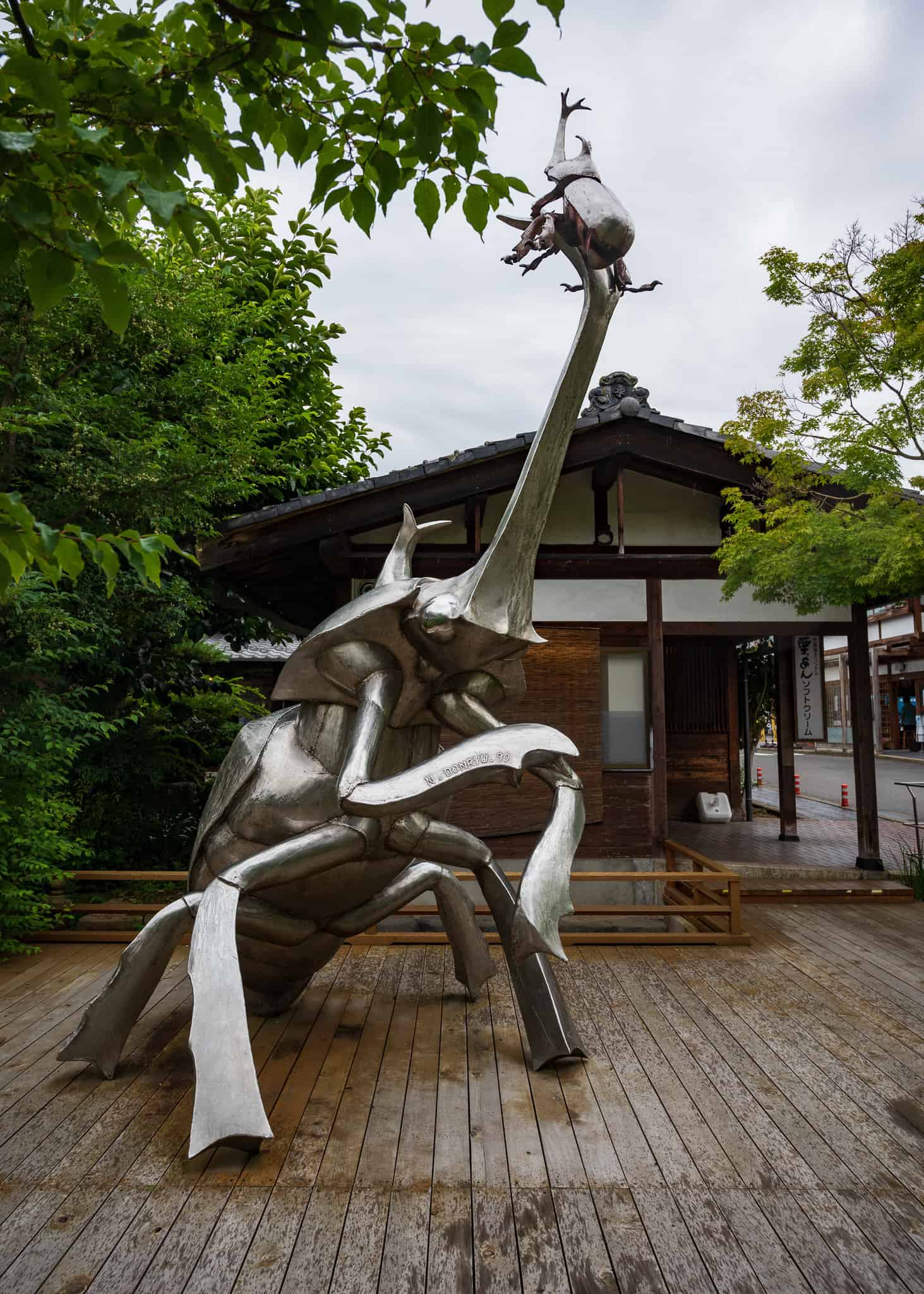
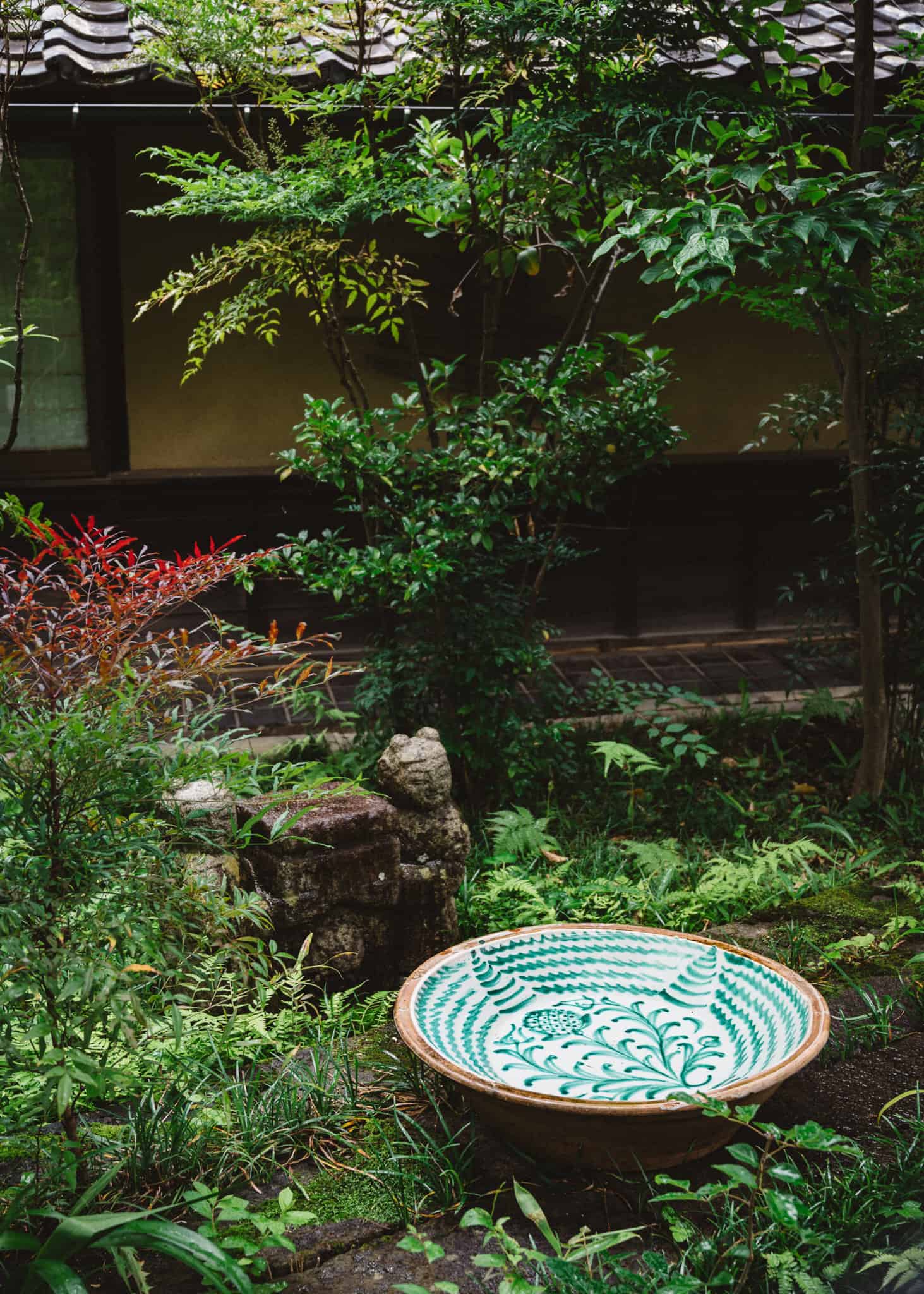
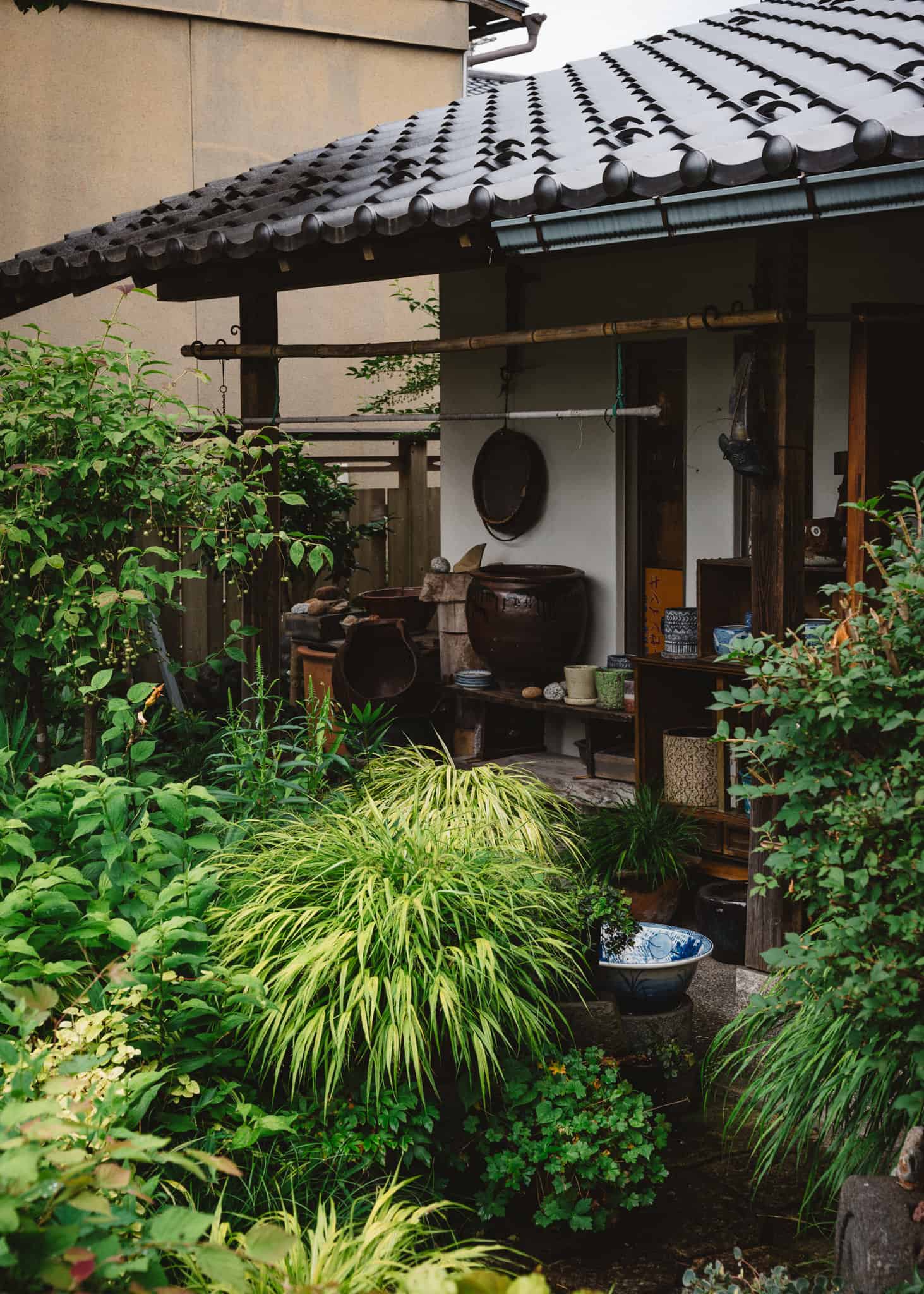
The Nojiri Lake “Elephant Walk”
My wife, our dog, and I spent our final semi-dry day walking the circumference of Lake Nojiri. Part of the walk is defined with manhole covers and metal sculptures depicting prehistoric elephants, or perhaps mammoths. Fossils of these beasts and other animals have been excavated from the bottom of the lake and are displayed in a local museum. The walk around the lake, according to Google Fit, was about 17.5 kilometers and took us about 4 hours. Though we were not in great shape due to COVID confinement, the hills were mercifully mild and at the end of the day we were tired, but not ragged from completing the circuit. However, following the road takes you mainly through forests and views of the actual lake and its surrounding area are relatively scarce. On a hot summer day, however, I can imagine that the walk would feel more pleasant under the shade of the evergreen forest than under the oppressive sun and humidity of Japanese summers.
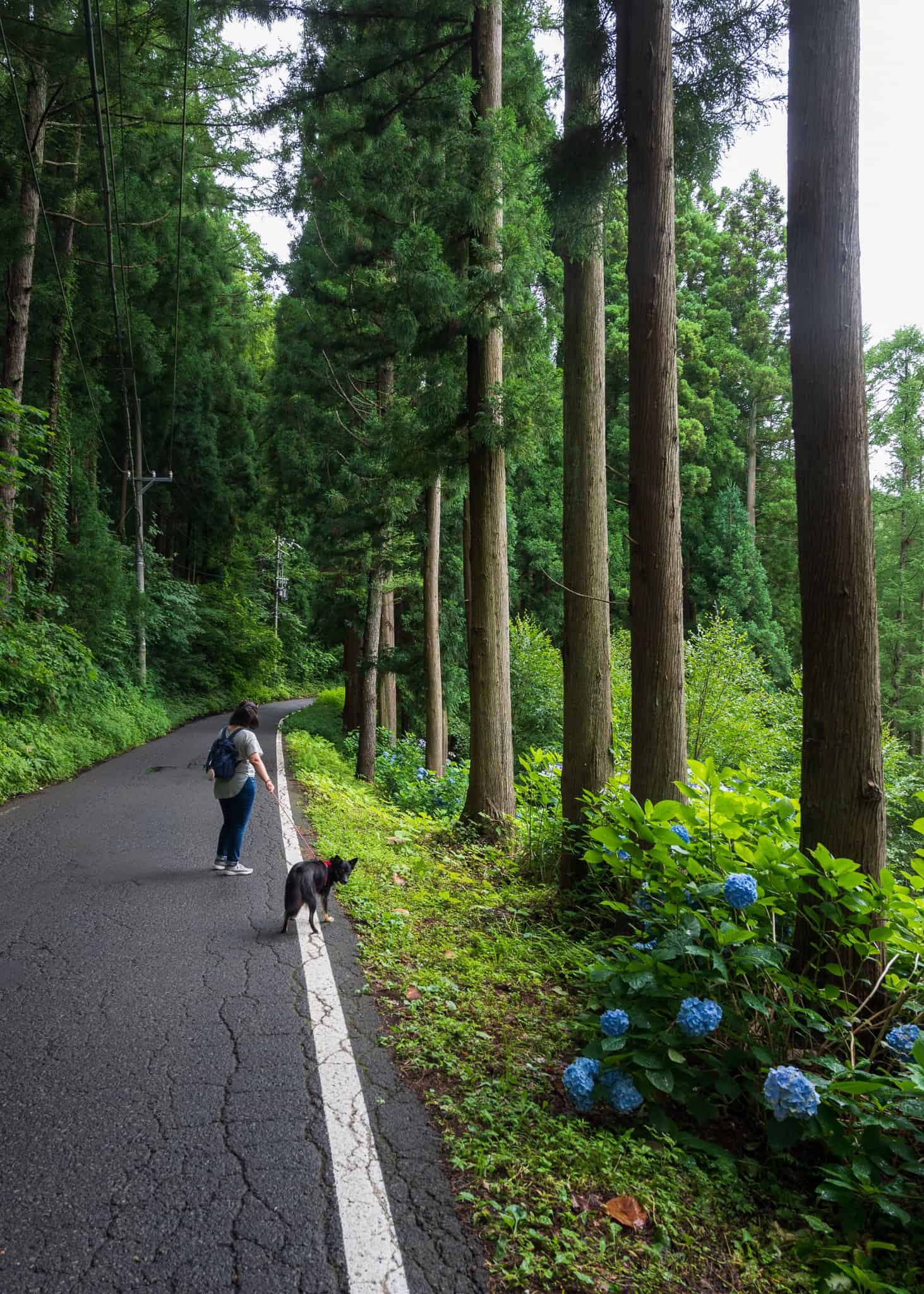
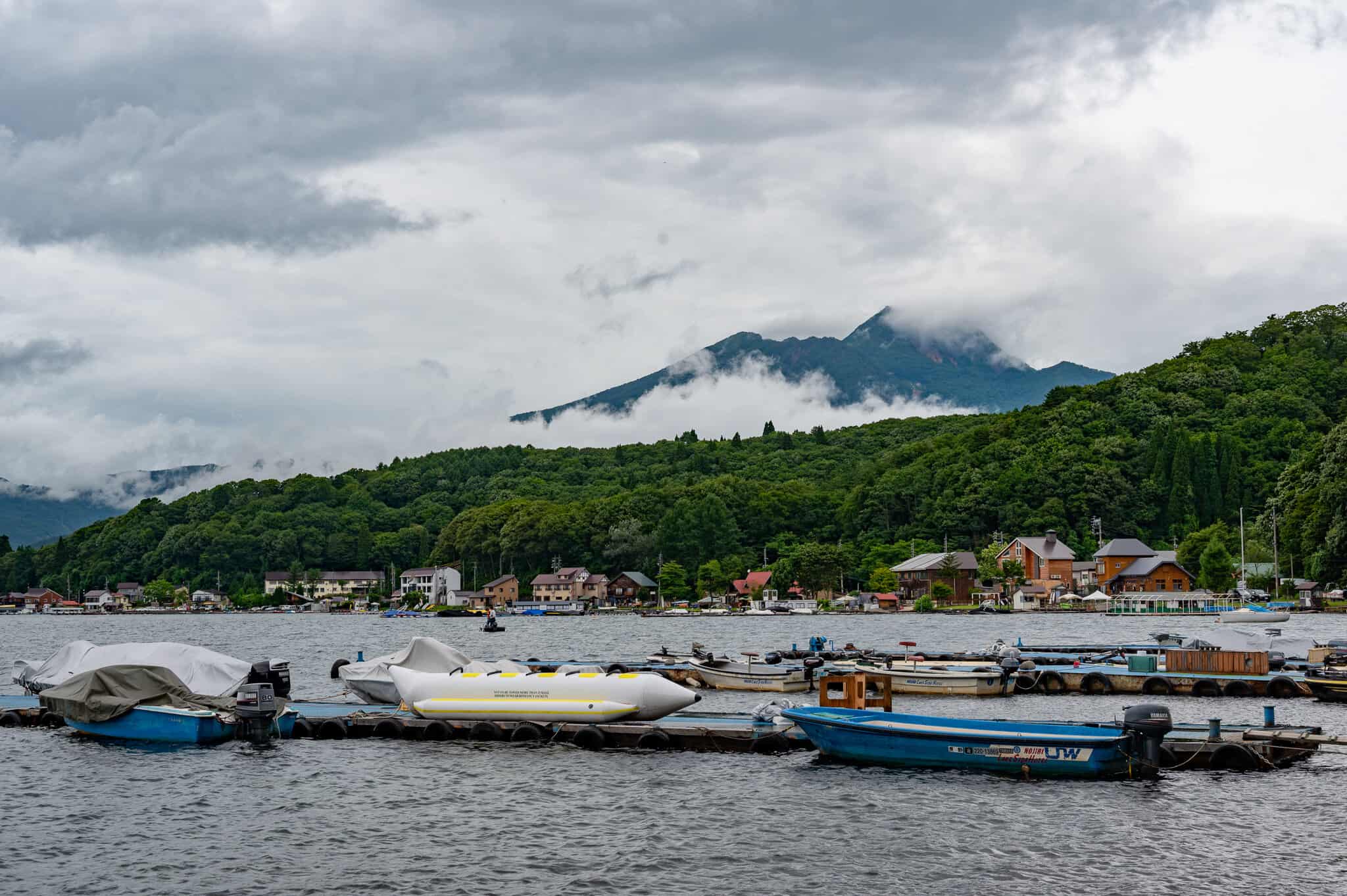
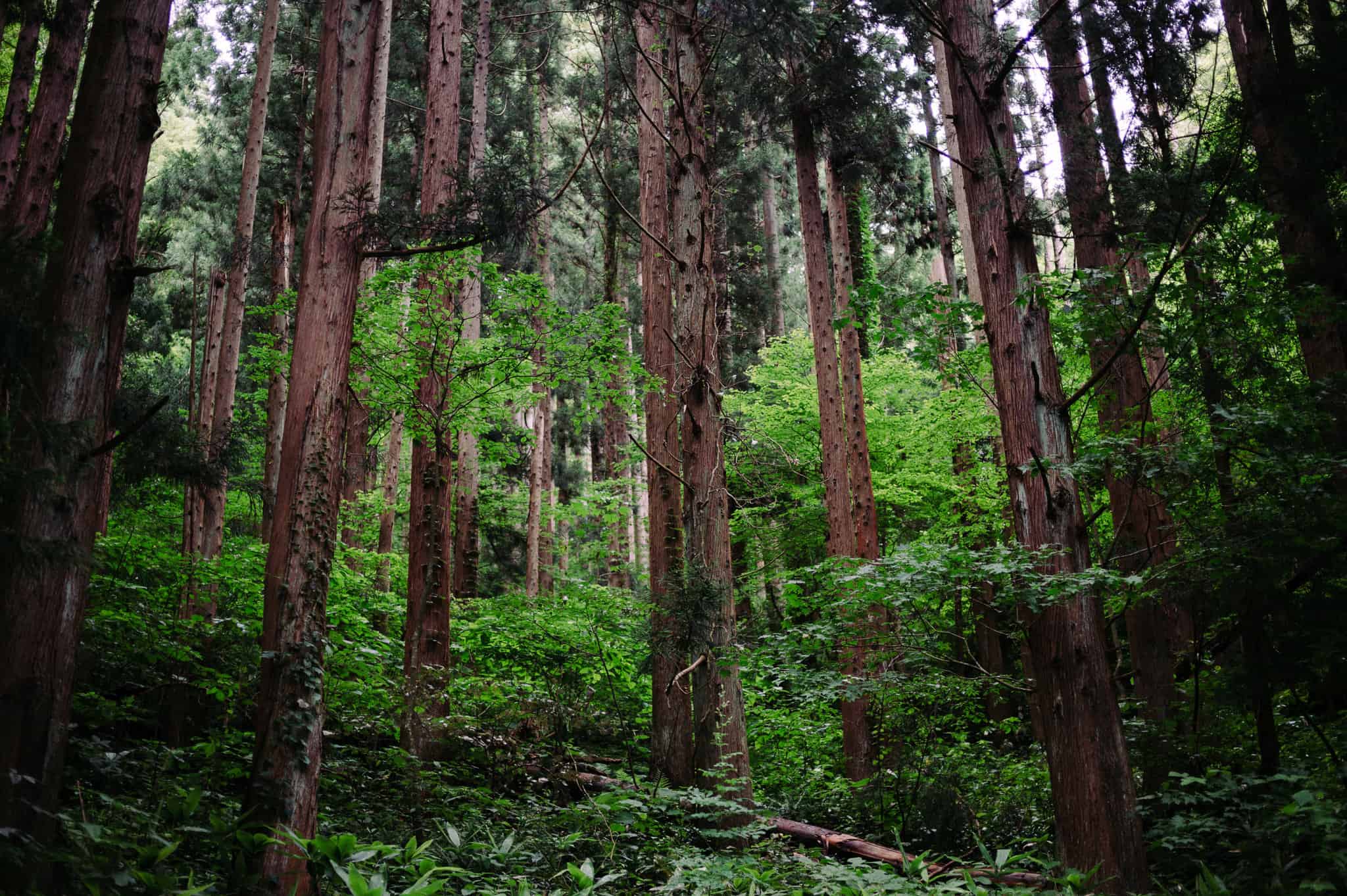
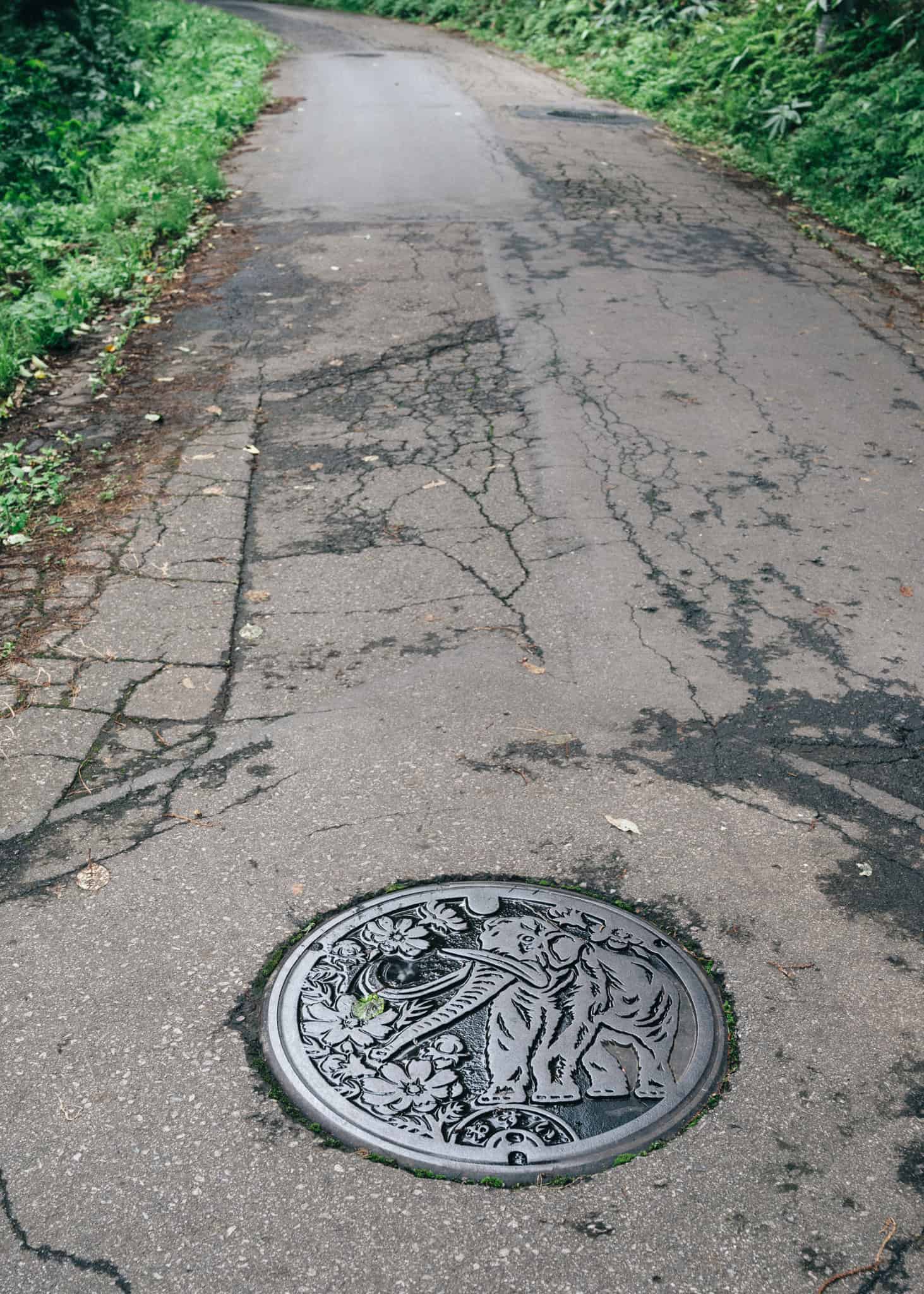
Not everything goes as planned. I didn’t have much of a workation, but perhaps a bit of forced disconnection from my modern-day routine was what was necessary to find myself in this coronavirus-inspired insanity of 2020. I filled my lungs with the fresh air of Nagano, filled my soul with its open space and clean forests. The workation situation in Japan isn’t perfect yet, but one can still enjoy a little vacation and break from the madness, and maybe we’ll find out that the world keeps turning even when we are away from our desk.
